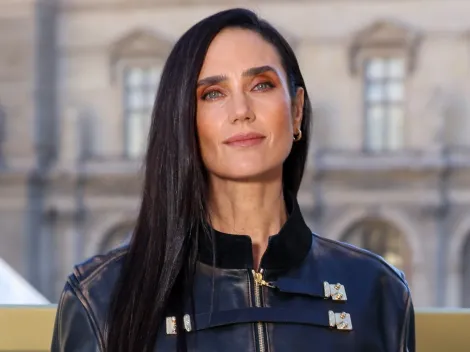According to FlixPatrol, one of the trending movies this week on Netflix is “Don’t Breathe 2.” The horror thriller, a sequel to the 2016’s “Don’t Breathe,” is currently the fifth most watched film on the platform worldwide (as of July 29), per the viewership data collected by the website. However, in the US, the film is only available to stream on Fubo (leaving in 11 days), Starz and AppleTV+.
The horror thriller was first released in 2021, and it was directed by Rodo Sayagues, who co-wrote the original with Fede Álvarez. It continues the story of Norman Nordstrom, the blind anti-hero, portrayed once again by Stephen Lang.
Apart from Lang, the cast of the movie also includes newcomer Madelyn Grace who plays Phoenix, as well as Brendan Sexton III, who plays the leader of the intruders, and Stephanie Arcila in a key supporting role.
‘Don’t Breathe 2’ triumphs on Netflix: Plot and reception
“Don’t Breathe 2” shifts the narrative forward several years after the events of the first film. This time, Norman Nordstrom lives a secluded and quiet life in an isolated cabin with an 11-year-old girl, named Phoenix, whom he has taken in and raised as his own. Their peaceful existence is shattered when a group of intruders breaks into their home, forcing Norman to tap into his darkest skills to protect Phoenix and his home.
Sayagues made his directorial debut with this movie, after he co-wrote the script with Fede Álvarez, who directed the first one. Sayagues’ direction maintains the taut atmosphere and relentless pace of the original film. However, the reception wasn’t as warm as the original.
The movie received mostly mixed to negative reviews. While many praised Stephen Lang’s performance, as well as the film’s tight pacing and inventive action sequences, some critics felt that the sequel lacked the originality and surprise of the first film, relying more on standard genre tropes.
“Don’t Breathe 2” opened to a solid performance at the box office at the time of its release. It grossed a worldwide total of $53.8 million, including $32.7 million in the United States and Canada, and $21.1 million in other territories.





